In an era where urban living is becoming increasingly prevalent, the need for sustainable and efficient gardening solutions has never been more critical. Enter the Smart Indoor Vertical Garden, an innovative concept that combines technology with the age-old practice of gardening. This article delves into the features, benefits, and market potential of this revolutionary gardening solution.
What is a Smart Indoor Vertical Garden ?

A Smart Indoor Vertical Garden is a compact, space-efficient gardening system that allows individuals to grow herbs, vegetables, and flowers indoors. Utilizing advanced technology, these gardens are designed to optimize plant growth while minimizing the effort required from the user.
Key Features
Automated Systems
Smart Sensors: These gardens are equipped with sensors that monitor essential factors such as moisture levels, light exposure, and nutrient content. This real-time data helps in maintaining optimal growing conditions. For instance, if the moisture level drops below a certain threshold, the system triggers the watering mechanism to ensure plants receive adequate hydration.
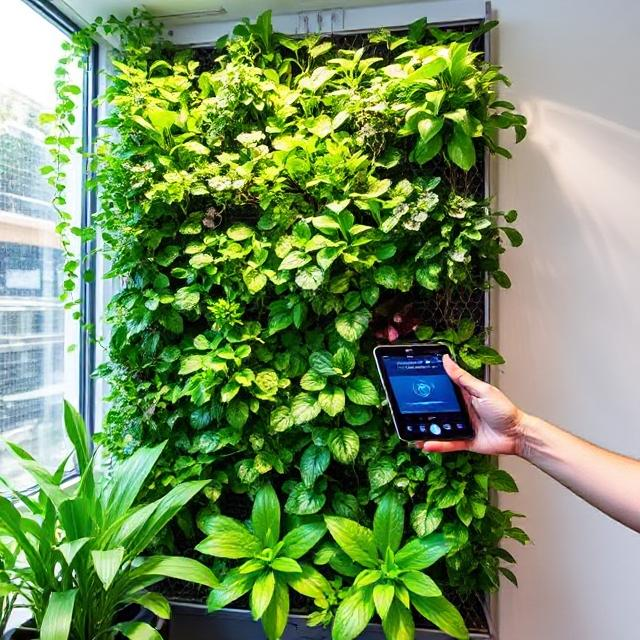
Automated Watering: Based on sensor readings, the system automatically waters the plants, ensuring they receive the right amount of hydration without the risk of overwatering. This feature is particularly beneficial for busy individuals who may forget to water their plants regularly. The automated system can also be programmed for different watering schedules based on plant types.

Nutrient Dispensing: The garden can also dispense nutrients automatically, providing plants with the necessary sustenance for healthy growth. Users can customize nutrient delivery schedules based on the specific needs of different plants, ensuring optimal growth and yield. This feature eliminates the guesswork associated with feeding plants.
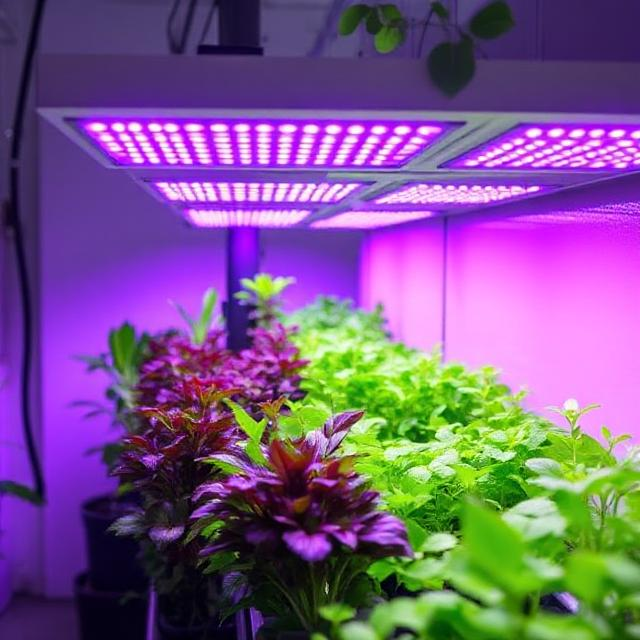
Mobile App Integration
Remote Monitoring: Users can track the status of their garden through a dedicated mobile app, allowing them to manage their plants from anywhere. This feature is especially useful for frequent travelers or those with busy lifestyles. Users can log in to see real-time data and adjust settings as needed.
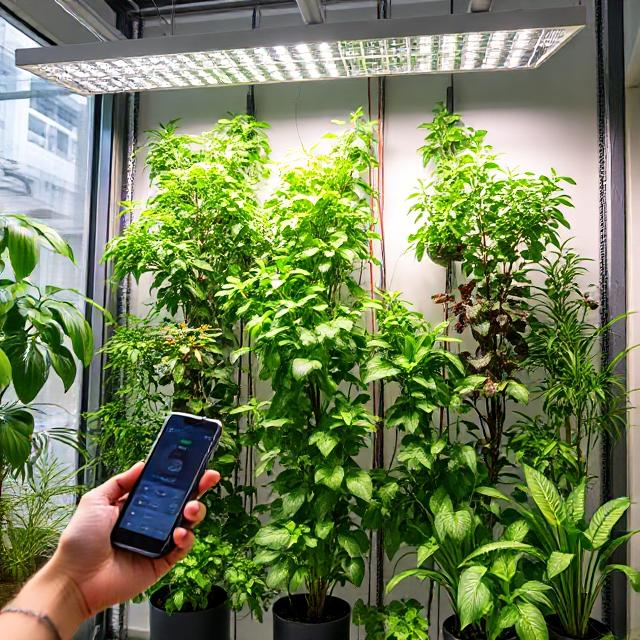
Care Notifications: The app sends alerts for watering schedules, nutrient additions, and optimal harvesting times, making gardening hassle-free. Users can receive push notifications when it’s time to check on their plants or when conditions are not ideal. This ensures that even novice gardeners can successfully maintain their plants.

Plant Database: Access to a comprehensive database that offers information on various plants, including care instructions and growth tips. This resource can help users choose the right plants for their environment and provide guidance on troubleshooting common issues. The database may also include user reviews and tips from other gardeners.
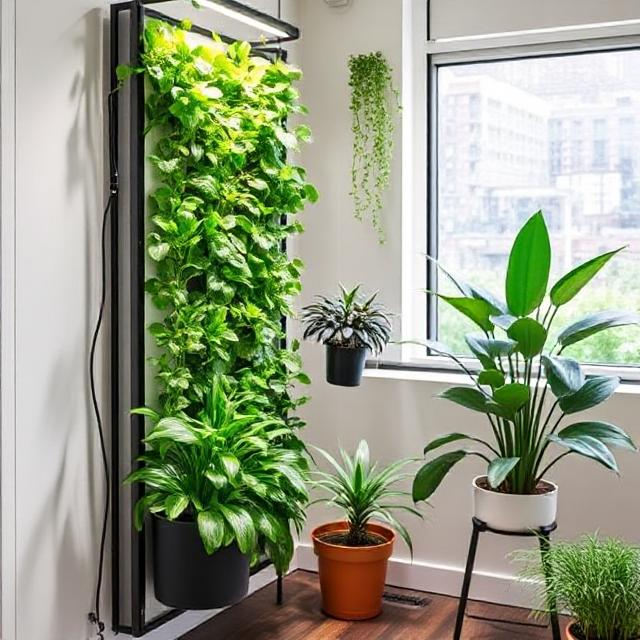
Space-Efficient Design
Modular Units: The gardens are designed to be modular, allowing users to customize their setup to fit their available space, whether it’s a small apartment or a larger home. These units can be stacked vertically or arranged horizontally, adapting to different room layouts and user preferences. This flexibility makes it easy to expand the garden as users become more experienced.
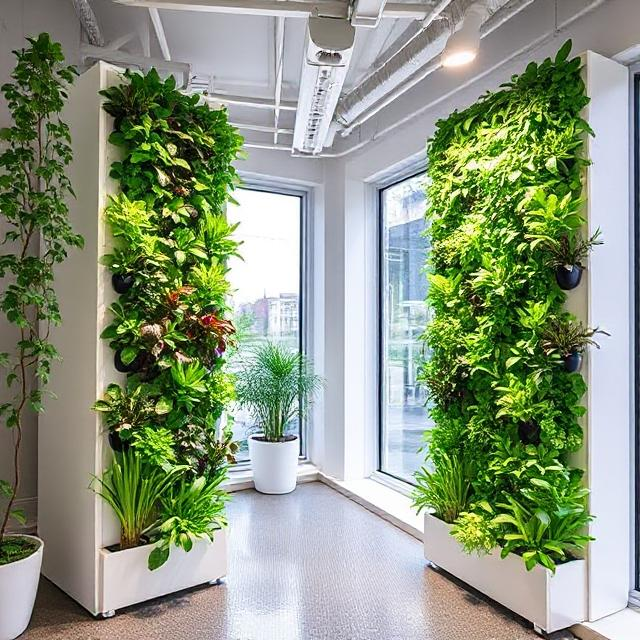
Aesthetic Appeal: With modern designs, these vertical gardens enhance the interior decor, making them suitable for homes, offices, and restaurants. They can serve as statement pieces, adding a touch of greenery and life to any setting. Many designs also incorporate stylish finishes and colors to match various interior styles.
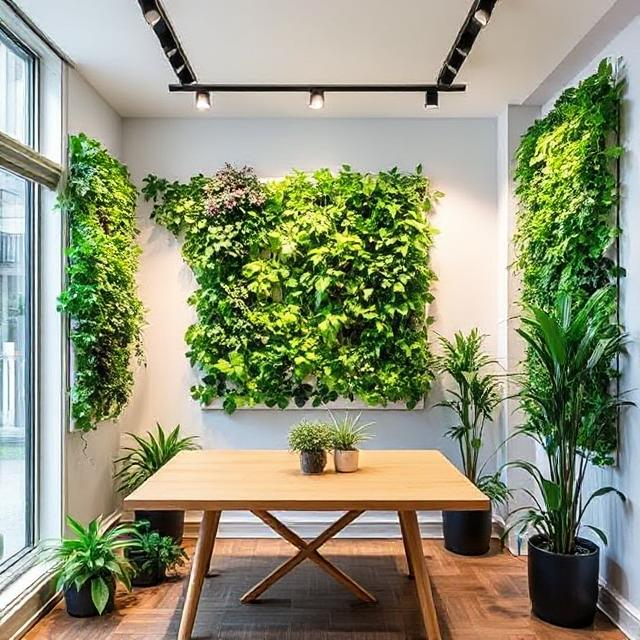
Sustainability Focus
Energy Efficient: Utilizing LED grow lights, these gardens consume significantly less power compared to traditional lighting solutions. LED lights are designed to emit the specific wavelengths of light that plants need for photosynthesis, maximizing growth while minimizing energy usage. This feature not only saves money on electricity bills but also reduces the carbon footprint.
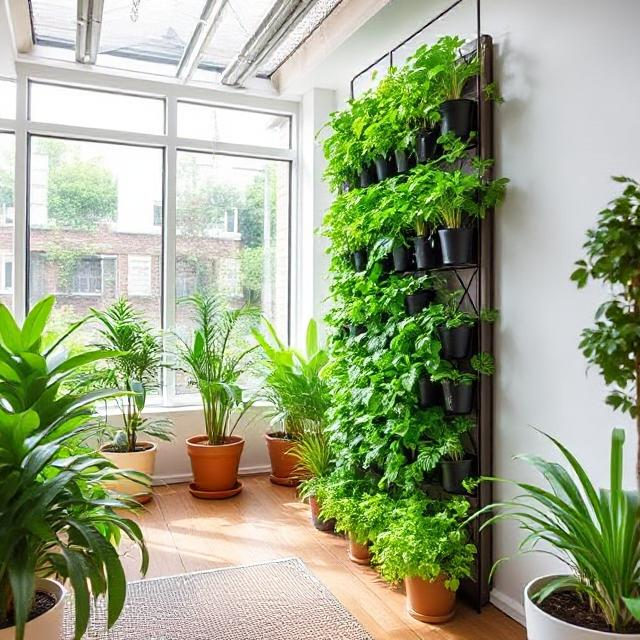
Water Conservation: The closed-loop watering system minimizes waste, making it an eco-friendly option for urban dwellers. This system recycles water, ensuring that every drop is utilized effectively, which is especially important in areas facing water scarcity. The ability to monitor water usage through the app can further encourage responsible gardening practices.

Local Food Production: By enabling individuals to grow their own food, these gardens contribute to reducing the carbon footprint associated with transporting produce. Growing food at home not only provides fresher options but also promotes self-sufficiency and resilience. This local production can also inspire users to engage with their food sources more consciously.
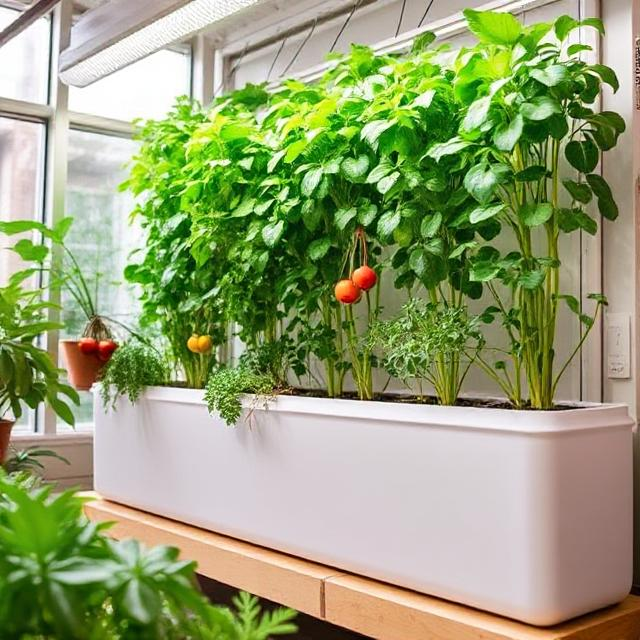
Benefits of Smart Indoor Vertical Gardens
Fresh Produce at Your Fingertips

Growing your own herbs and vegetables means you have access to fresh, organic produce right in your kitchen. This not only enhances the flavor of meals but also encourages healthier eating habits. Studies show that individuals who grow their own food are more likely to incorporate fruits and vegetables into their diets, leading to improved overall health. Fresh herbs like basil, cilantro, and mint can elevate everyday dishes and provide a sense of satisfaction from home-grown ingredients.
Educational Opportunities
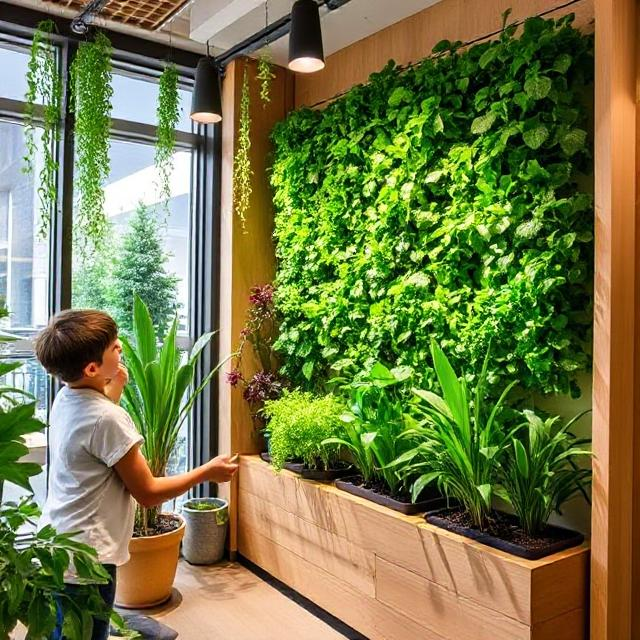
Smart Indoor Vertical Gardens can serve as excellent educational tools for children and adults alike. They provide hands-on learning experiences about plant biology, nutrition, and sustainability. Schools and community programs can incorporate these gardens into their curricula, teaching students about the importance of food sources, environmental stewardship, and the science behind plant growth. Workshops and classes can be organized around these gardens, fostering a culture of learning and curiosity.
Stress Relief and Mental Well-being
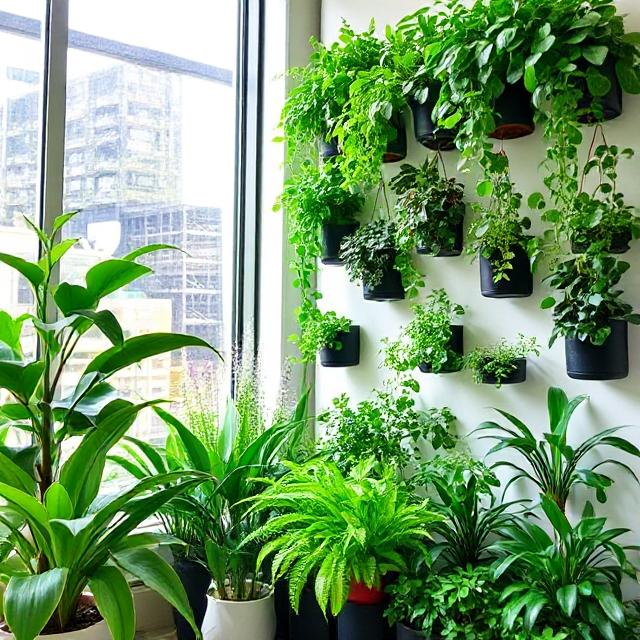
Gardening has been shown to reduce stress and improve mental health. Tending to a vertical garden can be a therapeutic activity, providing a sense of accomplishment and connection to nature. Engaging with plants has been linked to lower levels of anxiety and depression, making indoor gardening a valuable practice for mental wellness. The act of nurturing plants can also promote mindfulness, allowing individuals to focus on the present moment.
Increased Home Value
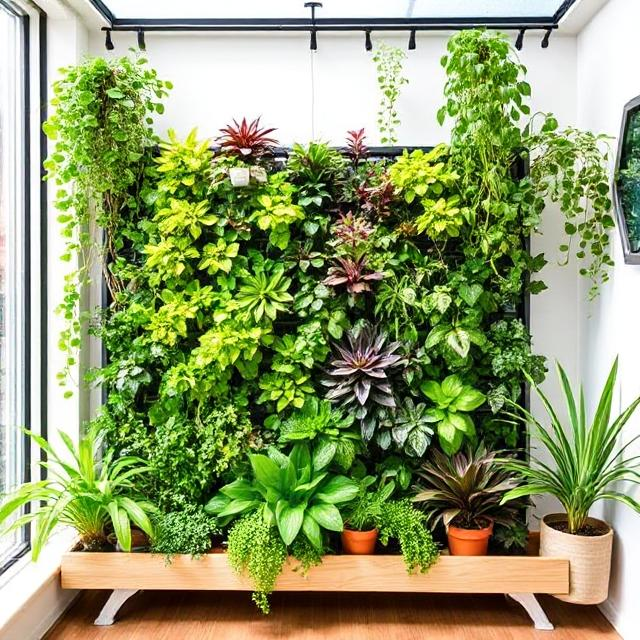
Incorporating a vertical garden into your home can enhance its aesthetic appeal and potentially increase its market value. Unique features like indoor gardens can make properties more attractive to buyers. As the trend toward sustainable living grows, homes with integrated gardening solutions may stand out in the real estate market. Real estate agents may highlight these gardens as a selling point, appealing to eco-conscious buyers.
Maintenance Tips for Smart Indoor Vertical Gardens
Regular Monitoring
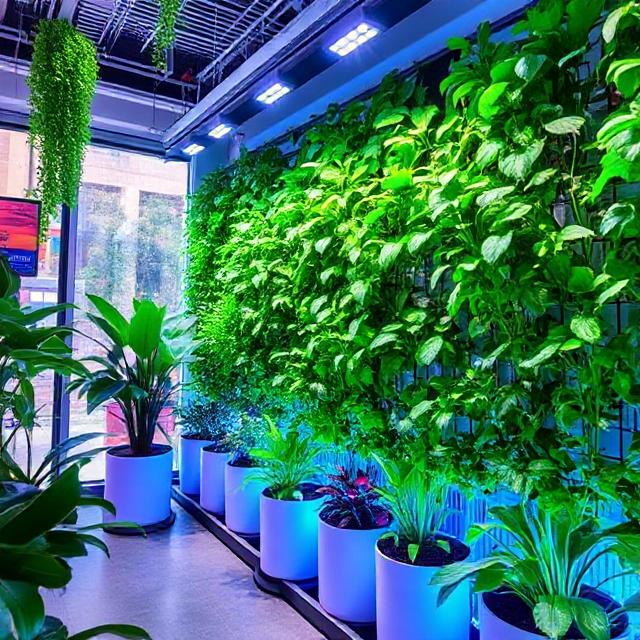
Even with automated systems, it’s essential to regularly check on your garden. Ensure sensors are functioning correctly and that the app is providing accurate readings. Users should also physically inspect plants for signs of pests or disease.
Cleaning and Maintenance
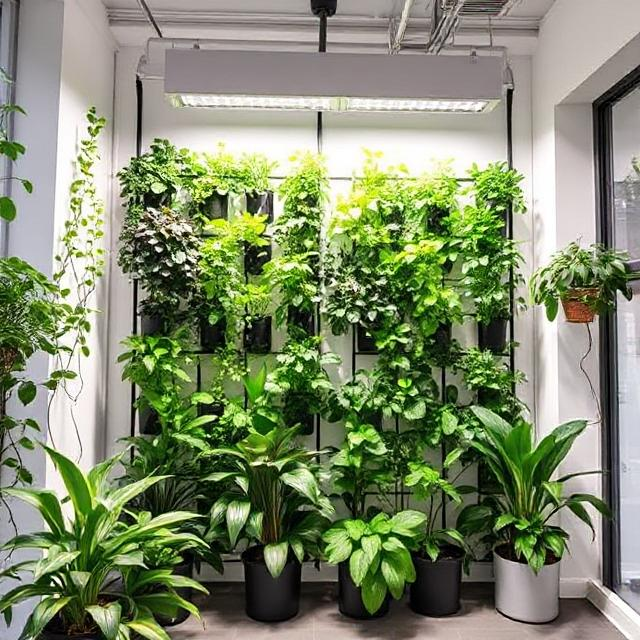
Keep the garden clean by periodically wiping down surfaces and ensuring that the water reservoir is free of debris. Regularly replace nutrient solutions as recommended by the manufacturer to maintain plant health.https://www.historyclub.site/public-health-and-safety-in-the-usa-challenges-and-solutions/
Pruning and Harvesting
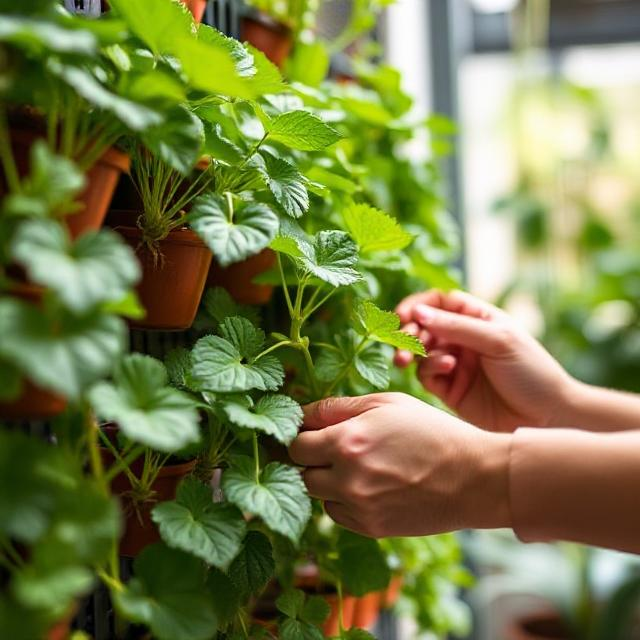
To promote healthy growth, users should regularly prune their plants. This not only encourages bushier growth but also prevents overcrowding. Harvesting herbs and vegetables at the right time ensures peak flavor and encourages further production.
Seasonal Adjustments
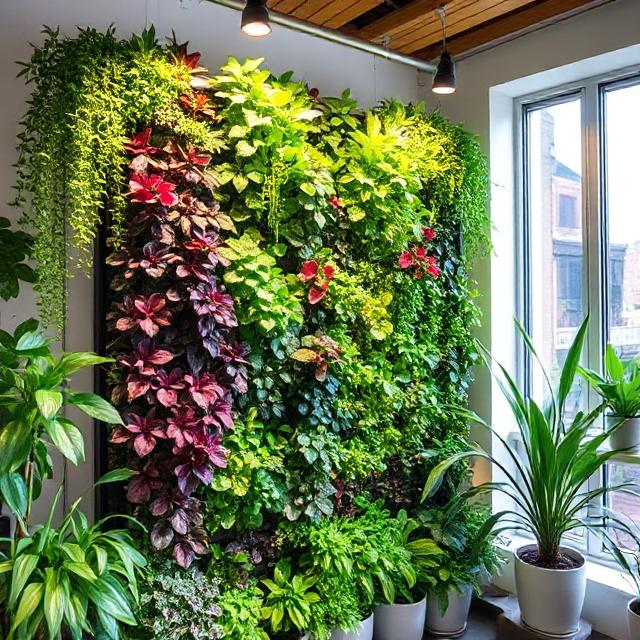
As seasons change, users may need to adjust lighting schedules or nutrient levels. Some plants may thrive in different conditions, requiring users to adapt their care strategies as needed.
Cost Analysis
Initial Investment
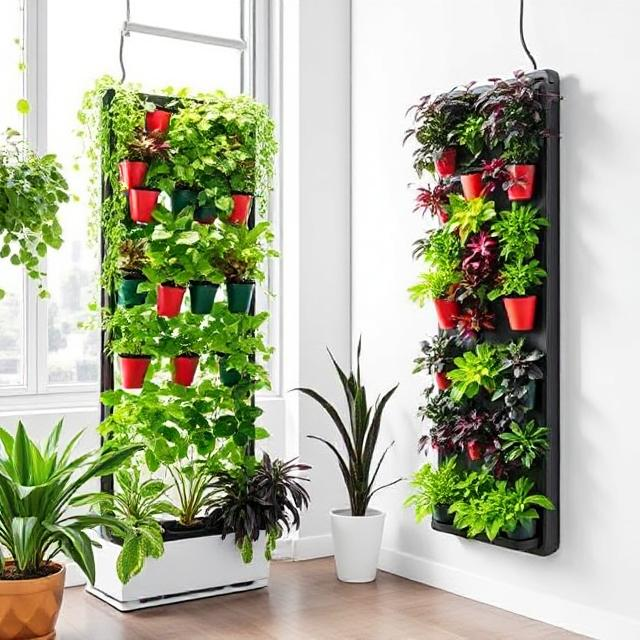
The cost of a Smart Indoor Vertical Garden can vary significantly based on size, technology, and brand. Entry-level models may start around $200, while larger, more advanced systems can exceed $1,000. It’s essential to consider the long-term benefits of growing your own food versus purchasing store-bought produce.
Operational Costs
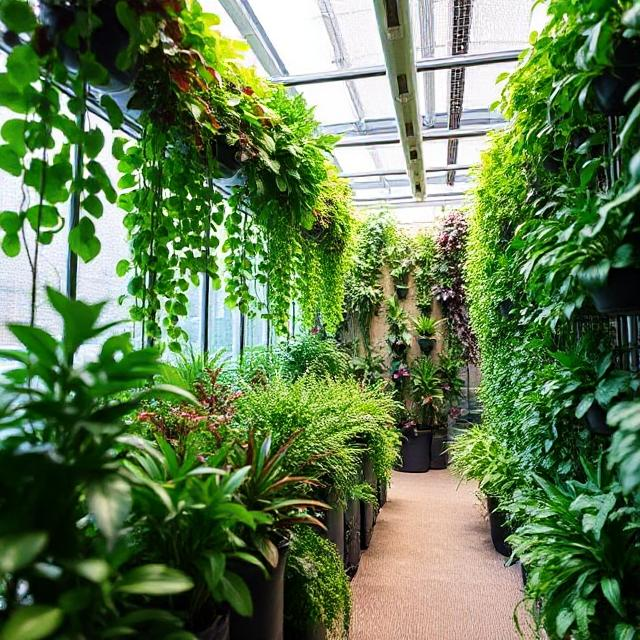
While the energy consumption of LED lights is relatively low, users should account for ongoing costs related to electricity, water, and nutrients. However, these costs are often offset by savings on grocery bills, especially for high-demand herbs and vegetables.
3. Return on Investment
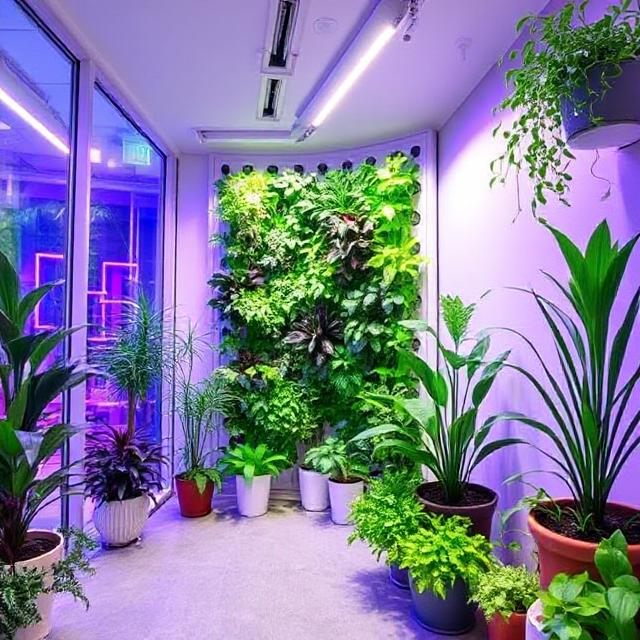
Users can calculate the return on investment by estimating the savings from growing their own produce. For example, a single basil plant can yield several harvests over its lifespan, potentially saving users significant money compared to purchasing fresh herbs at the store.
User Testimonials
Sarah, a City Dweller
“Living in a small apartment, I never thought I could have a garden. The Smart Indoor Vertical Garden has transformed my kitchen into a green oasis. I love having fresh basil and tomatoes at my fingertips! It’s not just about the food; it’s about creating a space that feels alive. I often invite friends over to show off my garden, and it’s become a great conversation starter.”
Mark, a Restaurant Owner
“We installed vertical gardens in our restaurant to grow fresh herbs. The quality of our dishes has improved, and our customers love the idea of eating food grown right in the restaurant! It adds a unique touch to our menu and enhances our commitment to sustainability. We even host events where customers can see the garden and learn about our sourcing practices.”
Emily, a Busy Professional
“I used to struggle with keeping plants alive, but the automated system takes care of everything. I can enjoy gardening without the stress! It’s been a great conversation starter with friends and has made my home feel more inviting. Plus, I love being able to cook with fresh ingredients right from my kitchen!”
Future Trends in Indoor Gardening
Advanced AI Integration
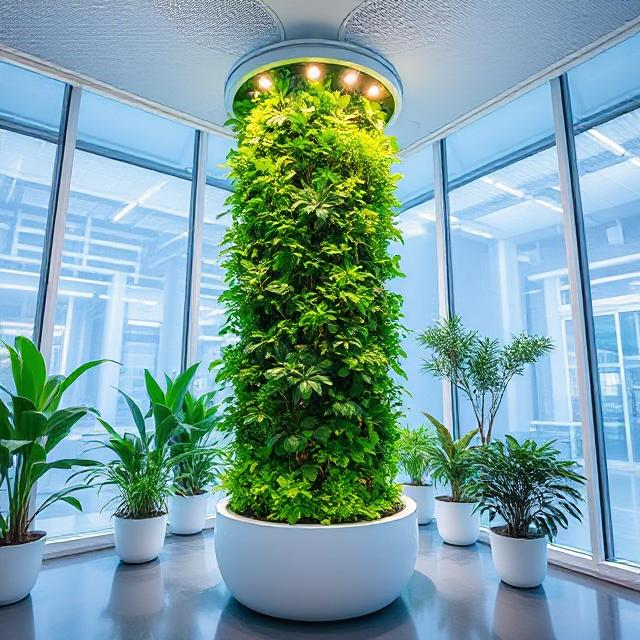
As technology evolves, future indoor gardens may incorporate artificial intelligence to provide personalized care recommendations based on plant growth patterns and environmental conditions. AI could analyze data collected from sensors and suggest optimal conditions for each plant, taking the guesswork out of gardening. This could include predictive analytics that forecast plant needs based on historical data.
Community Gardening Initiatives
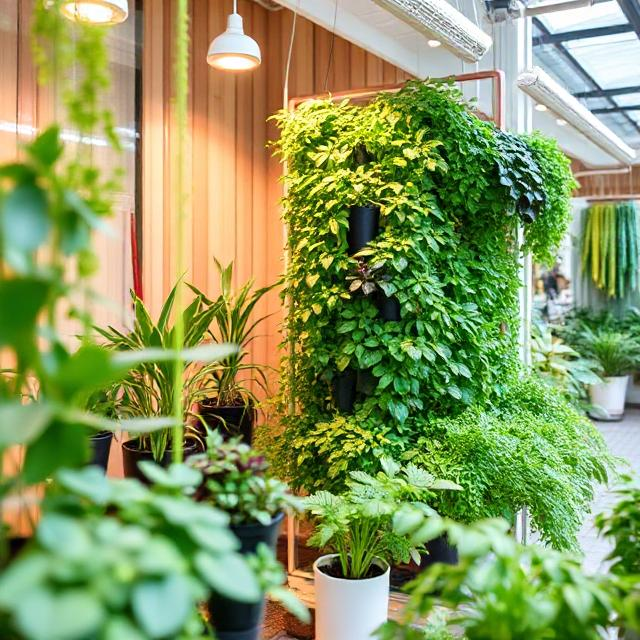
With the rise of urban gardening, we may see more community initiatives that promote shared vertical gardens in public spaces, fostering community engagement and collaboration. These initiatives could encourage neighbors to come together, share resources, and learn from one another, building stronger community ties. Community gardens can also serve as educational hubs for sustainable practices.
Expansion of Plant Varieties
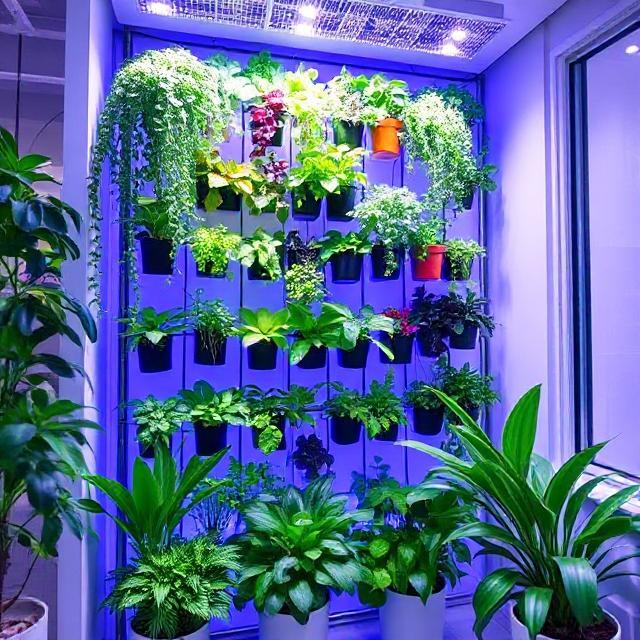
As interest grows, manufacturers may develop vertical gardens that accommodate a wider range of plant species, including fruits, flowers, and even small trees. This expansion could cater to diverse culinary preferences and aesthetic desires, allowing users to experiment with different plants. Innovative designs may also support hydroponics and aquaponics, broadening the scope of what can be grown indoors.
Eco-Friendly Innovations
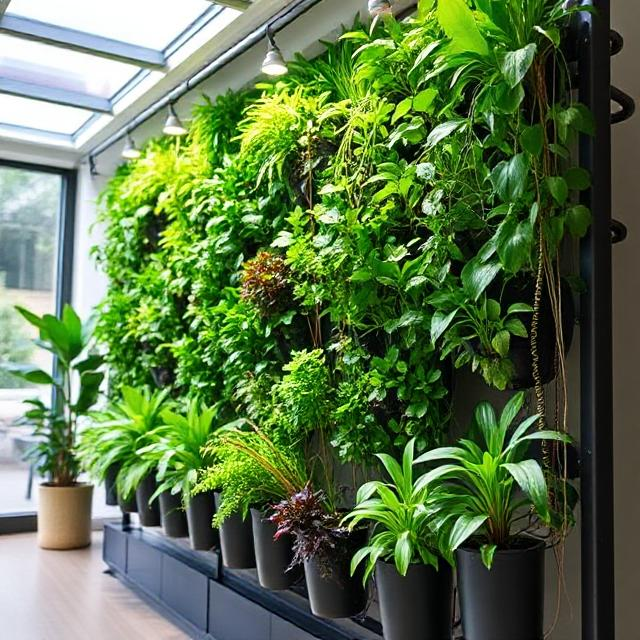
Future models may focus even more on sustainability, utilizing recycled materials, solar energy, and water-saving technologies to create a minimal environmental impact. Innovations such as biodegradable planters and solar-powered systems could further enhance the eco-friendliness of indoor gardening. Companies may also explore partnerships with environmental organizations to promote sustainable gardening practices.
Conclusion
The Smart Indoor Vertical Garden is a game-changer in the world of urban gardening. By marrying technology with sustainability, it offers a viable solution for individuals looking to grow their own food in limited spaces. With its automated systems, mobile app integration, and eco-friendly focus, this innovation has the potential to capture the hearts of consumers across the USA.
As urban living continues to rise, the demand for efficient and sustainable gardening solutions will only grow. Embracing the Smart Indoor Vertical Garden could be the key to a greener future, one home at a time.


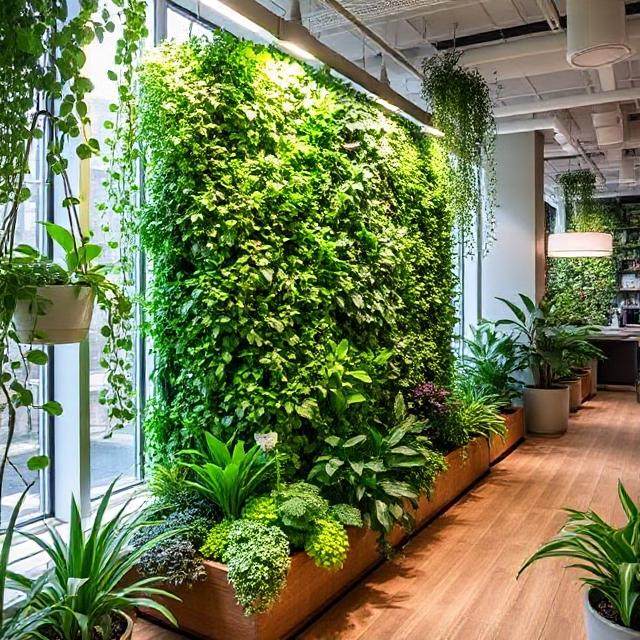
1 thought on “Revolutionizing Urban Gardening: The Rise of Smart Indoor Vertical Gardens”